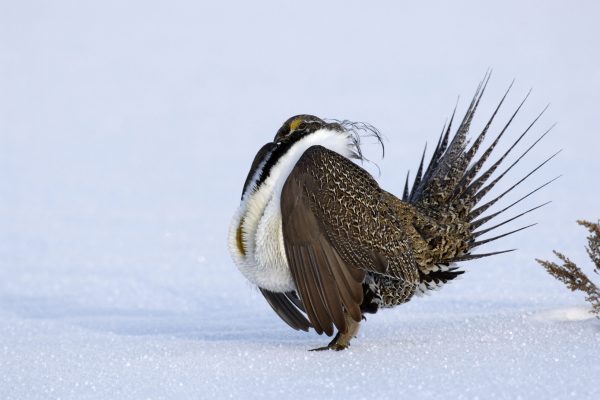Oil & Gas
Home » Our Markets » Energy & Power » Oil & Gas
Our scientists have years of experience supporting projects in the oil and natural gas industries throughout the US and Canada. This experience includes impacts assessment and compliance study design, field data collection, preparation of technical reports, and consultation with state and federal agencies. While our focus on scientific rigor and principles applied remains the same, our professionals modify assessment and compliance strategies to meet the unique needs presented at the scale and individual aspects of each project.
We routinely conduct field studies to evaluate impacts to wildlife and other natural resources in response to oil and gas development. Survey requirements are typically established by state and/or federal agencies as a permit condition and our knowledge of specific seasonal and regional requirements ensures that data are collected according to established protocols and provide assurance of compliance with regulatory standards.

